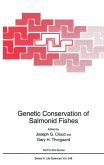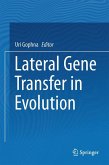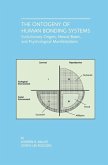Dieser Download kann aus rechtlichen Gründen nur mit Rechnungsadresse in A, B, BG, CY, CZ, D, DK, EW, E, FIN, F, GR, HR, H, IRL, I, LT, L, LR, M, NL, PL, P, R, S, SLO, SK ausgeliefert werden.
"Using a historical approach, Williams (Natural History Museum, London) and Ebach (Freie Universität, Berlin) illuminate the differences among the competing philosophical camps of systematicists. Their work provides incisive definitions of many conceptual and interpretational aspects of systematics and biogeography. ... The authors' apparent intent is ... to provide focus for the next phase of debate on the practice and philosophy of phylogenetics. Summing Up: Recommended. Graduate students and researchers/faculty." (S. R. Fegley, CHOICE, Vol. 45 (9), 2008)
"This is a book worth pondering. ... Williams and Ebach have produced a book from which almost all of us can learn things we did not know about the history and practice of our field. It should be especially useful for students, who may even discover that there is more to systematics than just choosing a model, running some software, and varying its parameters until the results seem at least vaguely palatable." (Norman I. Platnick, Systematic Biology, Vol. 85, 2009)









